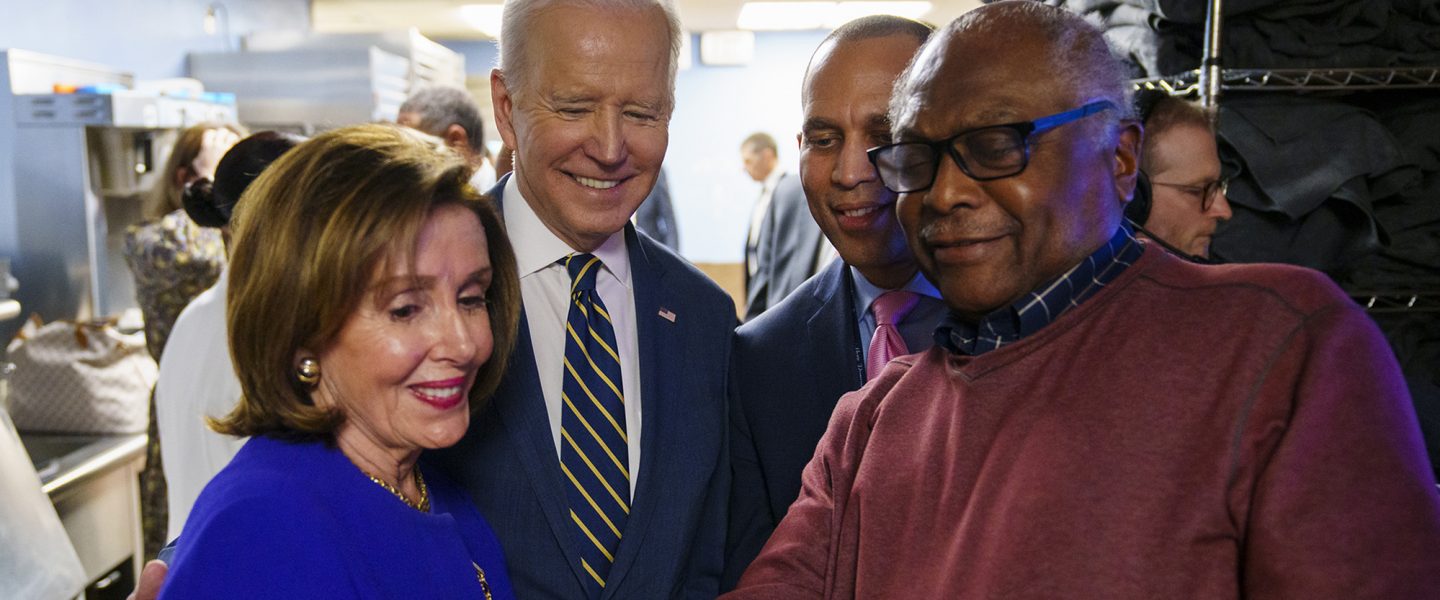Can the rich be trusted to fix a breaking world? Or should the real resistance unite beneath one banner?
|
Listen To This Story
|
I’d like to put three things before you and let you consider what they mean.
The Failed Revolution of 2016
The first is something I wrote, presciently I think, in 2017, after the Trump election had advanced beyond shock, and before the liberal response was cemented in. The piece, “The Resistance, the #Resistance and Harvey Weinstein,” said in part:
All this has led me to wonder what the goal of this professional #Resistance really is. The Restoration of Democracy to America? Or the Restoration of Mainstream Democrats — the anti-Sanders, anti-progressive, “you can’t have that” crowd — to power again?
If just the latter, the nation may sink more slowly beneath the neoliberal waves than it would under solid Republican rule. But progressives will still have an enemy armed, enabled and in the field against them. …
The real Resistance, of course, occurred in 2016, in that year’s electoral revolt against the money-bought in both parties, and it failed in both parties. Mainstream Democrats successfully fended off the actual populist in their race, Bernie Sanders, whom they hate even to this day. Mainstream Republicans successfully elected their “populist,” the fake swamp-drainer Donald Trump, and his voters are getting nothing they wanted in terms of relief from the relentless greed and austerity they rebelled against.
The nation, meanwhile, is left with a still-unsatisfied populist anger, waiting like an abscess to erupt. What form that will take in 2018 and 2020 is anyone’s guess. Failed revolutions, like bad meals, often come back stronger.
It closes:
Is the anti-Trump #Resistance, the professional broadcast version with its behind-the-scenes security state actors, simply setting us up for a Restoration of those — a Pence, a Biden — who “weep tears of admiration for their own virtue” as they tank or attempt to co-opt the next Bernie Sanders, or re-destroy the last one? And if they do, will America weep tears of thanks, or something else?
To answer the first question above, look no further than the selection — by “liberal” Nancy Pelosi — of progressive-hating Democrat Hakeem Jeffries as the next leader of the Party in the House.
To answer the second, read on.
The Resistance Voters of East Palestine
Next, this editorial from Krystal Ball, on the rail disaster in East Palestine, OH, and more importantly, on the particular way both parties are complicit in it. She starts with a common theme from many liberals, that Trump voters deserve what they get.
Here’s the piece:
Note that, unlike what liberals like Joy Behar believe, Trump voters aren’t a solid bloc of 74 million racists and “enemies of American democracy.” But they are a (radically misled) part of the real resistance, people who are increasingly upset that American democracy is a thing only its owners and funding classes enjoy.
To see what that resistance looks like, watch her editorial. Of course it’s misled resistance, this voting for Trump. Trump voters got nothing they wanted in terms of relief from the relentless greed and austerity they rebelled against.
But what were their choices? Bill Clinton, Barack Obama, and the rest of the management class of the Democratic Party offered no “resistance alternative” of their own — and celebrated the fact that they neutered their most viable alternative, Bernie Sanders.
That celebration will bite them, bite us all. The discontent is not going away. How do I know? The Fed is determined to make things worse.
The Fed Attacks the Littles for the Bigs’ Mistakes
The beatings will continue until the storm outside is over. By which I mean the inflation-caused economic crisis the Fed is addressing can only get worse given what the Fed is trying to do. Its analysis is that the “littles,” as one CEO described us, got too much money from COVID-19 relief, and that now has to be clawed back through lower wages and job destruction — the inevitable result of relentlessly rising interest rates.
As Robert Kuttner noted, “Reducing [inflation] all the way to 2.0 percent would require an unemployment rate of 7.4 percent, more than double the current rate.”
Thomas Ferguson and Servaas Storm have a different analysis. You can read the whole thing: their takedown of the mainstream (wealth-serving) analysis, the data that shows the true causes of today’s inflation, and their proposed solutions.
From the introduction (emphasis mine):
We assess four supply side factors: imports, energy prices, rises in corporate profit margins, and COVID. We argue that discussions of COVID’s impact have thus far only tangentially acknowledged the pandemic’s far-reaching effects on labor markets.
We conclude that while all four factors played roles in bringing on and sustaining inflation, they cannot explain all of it. There really is an aggregate demand problem. But the surprise surge in demand did not arise from government spending. It came from the unprecedented gains in household wealth, particularly for the richest 10% of households, which we show powered the recovery of aggregate US consumption expenditure especially from July 2021.
The final cause of the inflationary surge in the U.S., therefore, was in large measure the unequal (wealth) effects of ultra-loose monetary policy during 2020-2021. This conclusion is important because inflationary pressures are unlikely to subside soon. Going forward, COVID, war, climate change, and the drift to a belligerently multipolar world system are all likely to strain global supply chains.
Our conclusion outlines how policy has to change to deal with the reality of steady, but irregular supply shocks.
The authors’ solutions include “vigorous antitrust policy, tight limits on commodities (futures) markets, and other targeted (microeconomic) regulatory measures including strategic price controls and limits to speculation in commodity markets, along with major investments in public health and renewable energy.”
But our world is ruled by the rich, who win either way. Do they want limits on commodities markets, limits on speculation, price controls, and stronger antitrust policies? We all know none of this will happen, at least at scale, so long as the donor class owns the government.
So the beatings will continue till supply chain disruption is over, because of course high wages caused that sad event to occur.
The Bottom Line
The lesson here is simple, and nothing new: Much of the Trump resistance at the voter level is real resistance to the same things real progressives also oppose — the relentlessly advancing, immoral rule by the rich, whose predatory governance benefits only themselves.
Those resistance voters, in East Palestine and elsewhere, should be encouraged to join with us. They should not be cruelly vilified as people like Behar do. She and her ilk would keep us all apart. We should unite.
The future looks unbright, however. Will the wealthy allow those who live in the world to run it?
Or will they let wealth disparity, war, and climate change go unaddressed until chaotic revolt breaks the world apart?
On those answers all our futures turn.
Published with the permission of Thomas Neuburger. A version of this piece originally appeared in his newsletter God’s Spies.




